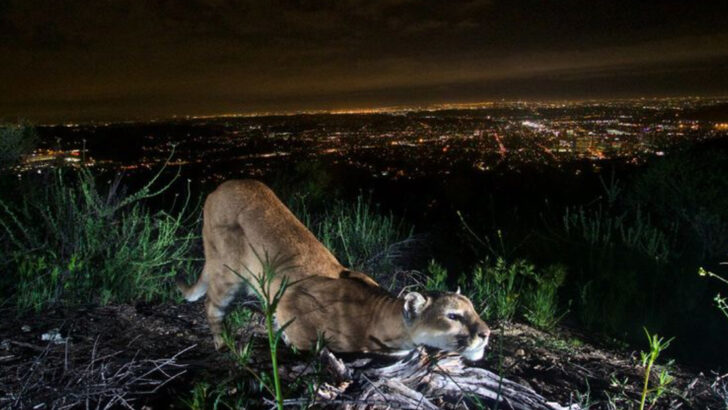Mountain lions aren’t just surviving in human-dominated areas—they’re adapting in ways that will blow your mind.
These elusive big cats are creeping through suburban backyards, silently navigating highways, and even learning which human sounds mean danger and which ones don’t. They aren’t the mindless predators some people think they are. They’re problem-solvers, strategists, and masters of avoiding conflict—until they have no other choice.
Some are shifting their hunting habits, becoming more nocturnal to steer clear of human activity. Others are using unexpected places to raise their young, blending into the modern world while staying just out of sight.
Humans and mountain lions are crossing paths more than ever, and whether that turns into a disaster or a peaceful coexistence depends on what we do next. Here are 14 ways these powerful cats are adjusting to a world that wasn’t built for them—and why we need to pay attention.
Urban Adaptation
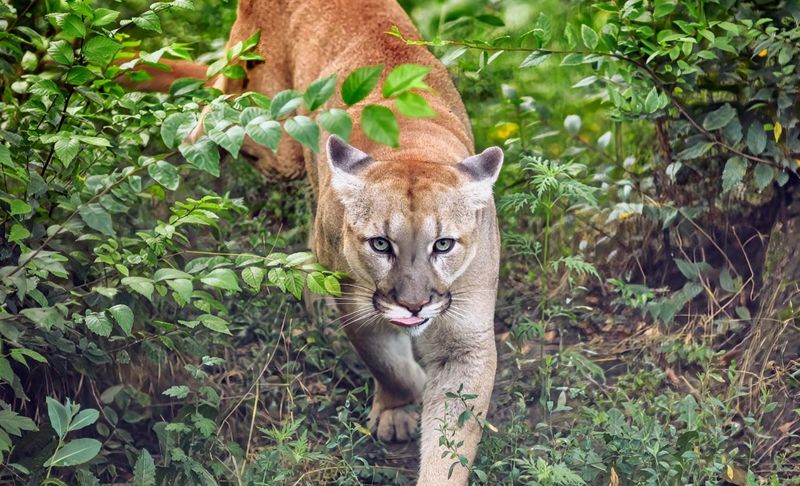
Mountain lions are increasingly seen in urban settings, adjusting their behaviors to navigate human territories. These majestic cats often venture into suburban backyards, taking advantage of the cover provided by dusk and dawn. This adaptation allows them to hunt and move with reduced risk of human confrontation.
In urban areas, they learn to avoid busy roads and choose quieter times to explore. Adaptability is key, enabling them to survive and even thrive amidst growing urbanization, where natural habitats overlap with human development. This urban adjustment is a testament to their resilience and intelligence in a changing world.
Using Wildlife Corridors

Wildlife corridors are essential in helping mountain lions navigate between fragmented habitats. These corridors, often stretching through dense forests, allow safe passage across human-dominated landscapes. By using these designated paths, mountain lions can access different territories without the threat of human interference.
Corridors also connect isolated populations, promoting genetic diversity and vibrant ecosystems. Understanding the landscape’s intricate design, they instinctively use these natural highways. For humans, supporting corridor development ensures these majestic creatures remain part of our shared environment, illustrating a harmonious balance between nature and human expansion.
Nocturnal Behavior Shift
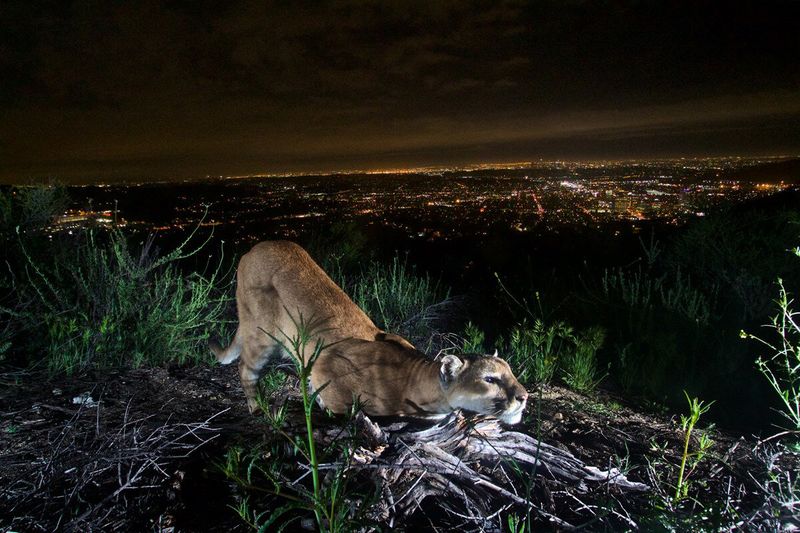
Mountain lions are shifting to more nocturnal habits, reducing daytime activity to avoid human interactions. These agile predators are now more active under the cover of night, using darkness to their advantage. Their keen senses allow them to navigate with ease, hunting silently and effectively.
This behavioral shift minimizes encounters with humans, making it safer for both. As they adapt, mountain lions continue to fulfill their ecological role, controlling prey populations and maintaining balance. The night becomes a canvas where these silent hunters reign, highlighting their adaptability and survival instincts.
Prey Availability Adjustment
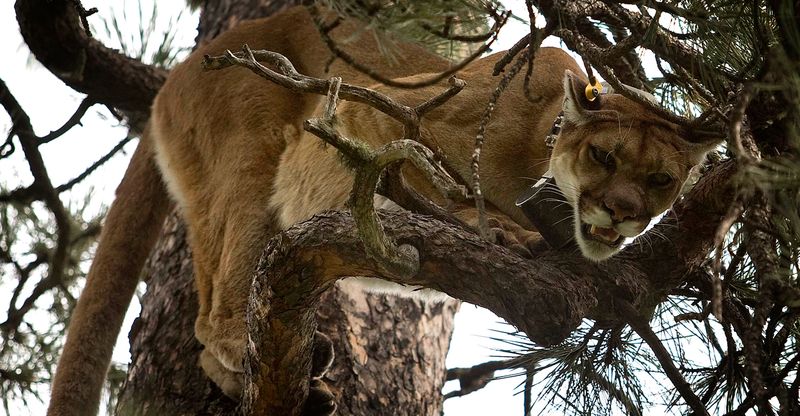
Adapting to changes in prey availability is crucial for mountain lions living alongside humans. As habitats shrink, these predators adjust by seeking alternative prey in open fields or near human settlements. Their hunting strategies evolve, targeting animals like deer, which may also frequent these areas.
This adaptability ensures their survival amidst changing environments. By honing their skills and diversifying their diet, mountain lions demonstrate remarkable flexibility. Humans can support this balance by maintaining natural prey populations and minimizing habitat destruction, allowing these powerful cats to continue their essential ecological role.
Avoiding Human Schedules
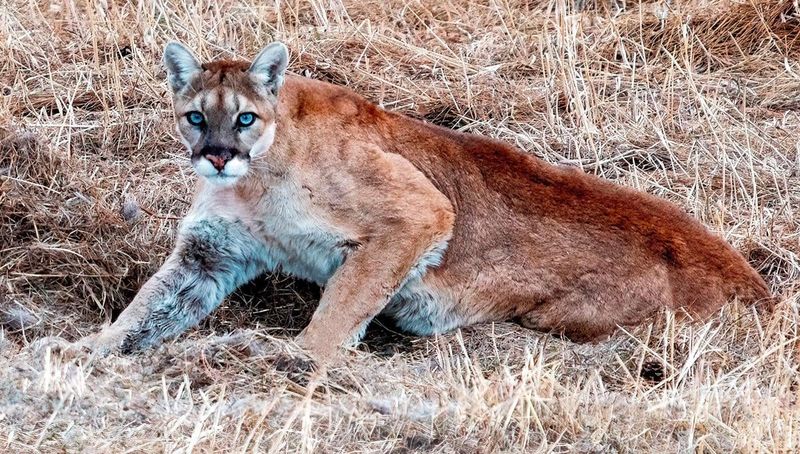
Mountain lions cleverly adjust to human activity patterns by avoiding busy areas during peak times. They learn to steer clear of popular hiking trails and recreational areas when human presence is high. This strategic avoidance reduces potential conflicts and ensures their safety.
These big cats often wait until quieter times to explore territories near human settlements. This behavior showcases their ability to adapt and coexist while maintaining a safe distance. Understanding and respecting their need for space allows for peaceful cohabitation, highlighting the balance between nature and human recreation.
Habitat Fragmentation Adaptation
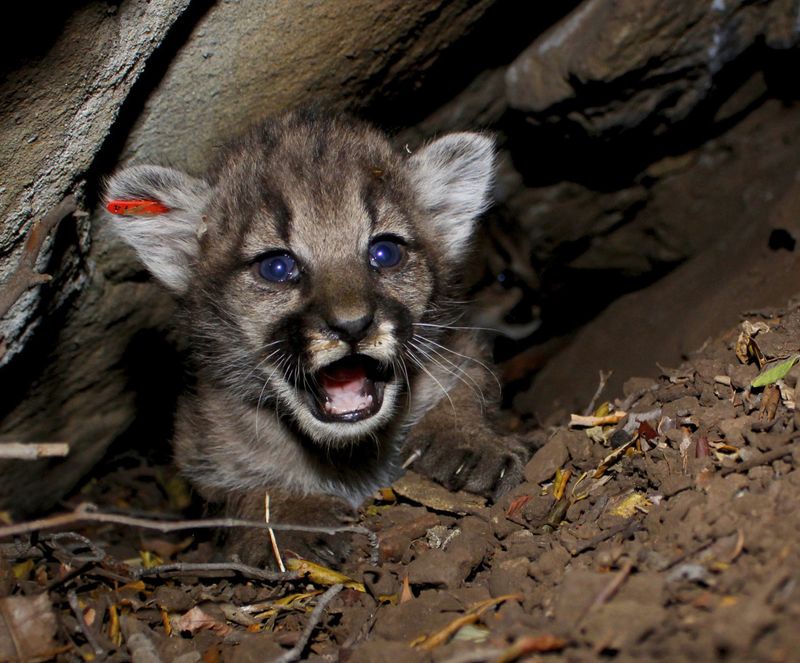
Mountain lions are adept at navigating fragmented habitats caused by urban expansion. These big cats traverse between isolated patches of forest, adapting their routes to minimize human encounters. Such flexibility in movement is crucial for accessing food, mates, and other resources.
Despite habitat fragmentation, they maintain their territorial ranges by exploiting available green spaces. Their ability to adapt to these new boundaries demonstrates resilience. Supporting conservation efforts to connect these habitats can enhance their survival. As they adapt, mountain lions illustrate the importance of protecting natural landscapes in an ever-developing world.
Genetic Diversity Enhancement
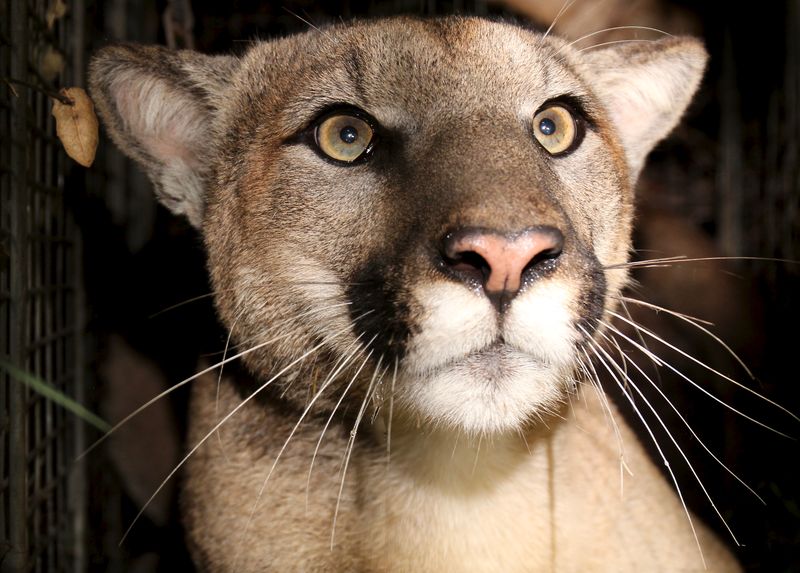
Mountain lions enhance genetic diversity by expanding their territories and seeking connections with other populations. By crossing mountain ridges and other natural barriers, they strengthen their genetic pool, vital for long-term survival.
This behavior reduces inbreeding risks and boosts resilience against environmental changes. As they traverse vast distances, mountain lions play a crucial role in maintaining healthy ecosystems. Promoting conservation corridors and protecting natural routes enables these majestic creatures to continue their migratory paths. Human efforts in conservation are essential to support this genetic exchange, ensuring robust and diverse mountain lion populations.
Learning from Human Signals
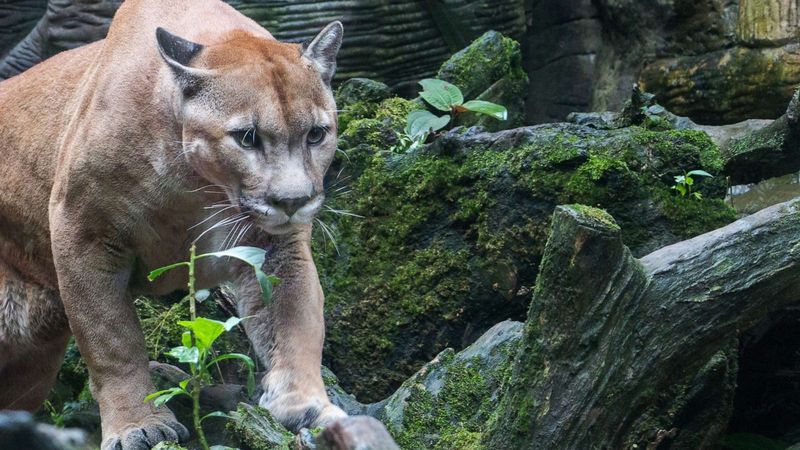
Mountain lions are learning to interpret human signals, such as voices and machinery noises, to avoid encounters. By observing from a distance, they gauge potential risks and adjust their movements accordingly. This keen awareness helps them navigate complex environments safely.
Understanding human presence allows them to exploit quieter times for travel and hunting. This smart adaptation reduces direct conflicts and promotes coexistence. Humans can aid this process by respecting wildlife signs and maintaining a respectful distance. This mutual awareness fosters a safer, shared landscape where both humans and mountain lions thrive.
Exploiting Edge Habitats
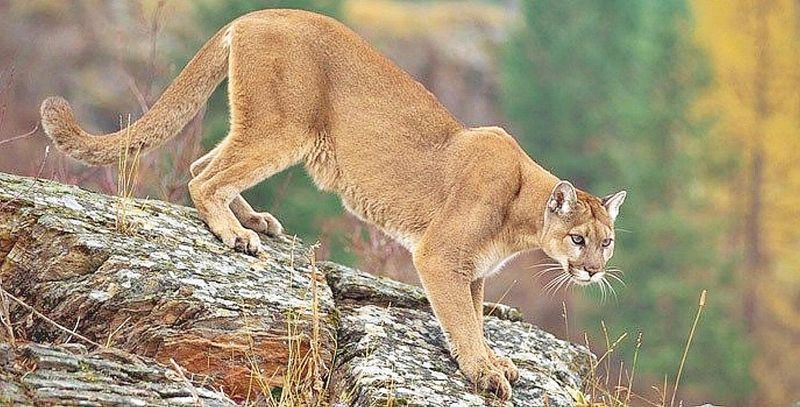
Mountain lions exploit edge habitats where forests meet fields, finding rich hunting grounds and shelter. These transitional areas offer abundant prey and cover, crucial for their survival near human developments.
Edge habitats are dynamic and resource-rich, supporting diverse wildlife populations. By utilizing these borders, mountain lions maintain their ecological role while minimizing human contact. This adaptation underscores their ability to thrive in changing landscapes. Maintaining these natural edges preserves essential wildlife habitats, showcasing a balance between development and nature. Such coexistence benefits both mountain lions and the ecosystems they inhabit.
Trail Camera Awareness
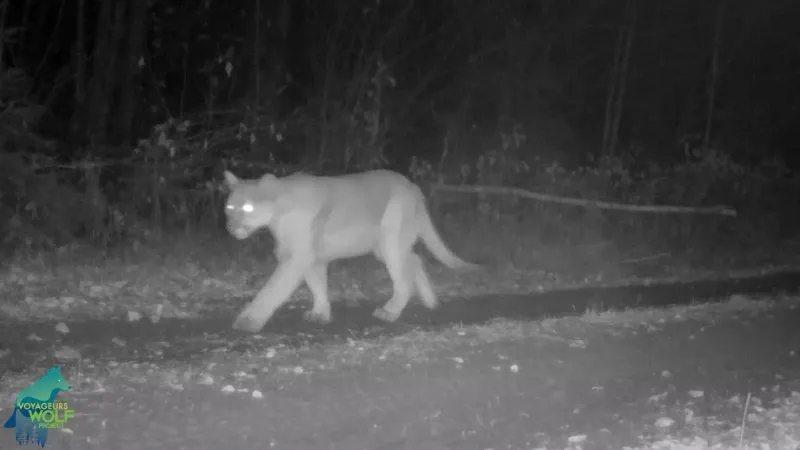
Mountain lions are becoming aware of trail cameras, adjusting their behavior when detected. These cameras, used for wildlife monitoring, capture their movements but also alert them to human observation.
Their heightened senses help them recognize these devices, influencing their paths and actions to avoid detection. This adaptation highlights their intelligence and sensitivity to changes in their environment. By understanding their reactions to technology, we learn more about their adaptability. This knowledge aids in creating effective conservation measures, ensuring mountain lions remain an integral part of our shared world.
Seasonal Movement Patterns
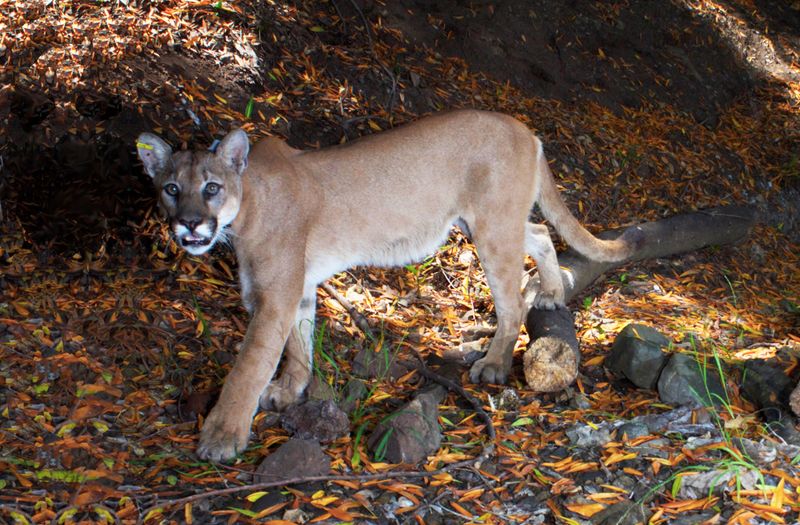
Mountain lions follow seasonal movement patterns, migrating to optimize their survival and reproduction. By moving through snowy landscapes in winter or seeking higher grounds in summer, they adapt to environmental changes.
These patterns help them find food and mates, ensuring their continuity. Understanding these movements allows for better conservation planning, promoting coexistence. By supporting their natural migratory routes and reducing human-induced barriers, we help maintain ecological balance. Recognizing the importance of these patterns enhances our appreciation of their adaptive strategies and the complex dynamics of the ecosystems they inhabit.
Memory and Learning
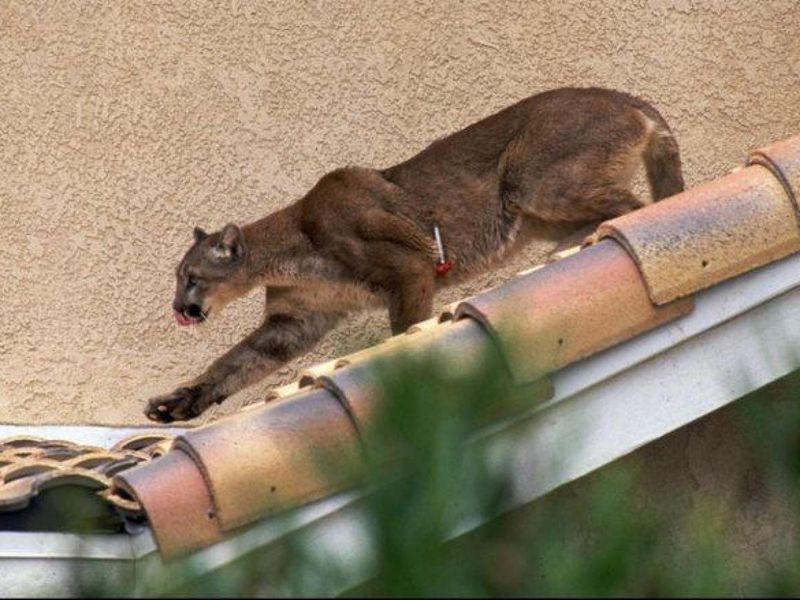
Mountain lions possess remarkable memory and learning abilities, essential for navigating complex environments. By remembering safe paths and hunting grounds, they enhance their survival skills.
These big cats learn from experiences, adapting their strategies to avoid dangers and optimize resources. This capacity for learning ensures they can thrive alongside human developments. Encouraging environments that stimulate their natural instincts contributes to successful coexistence. Understanding their cognitive abilities offers insights into their behaviors, supporting efforts to create harmonious living spaces for both humans and mountain lions.
Social Structure Adaptation
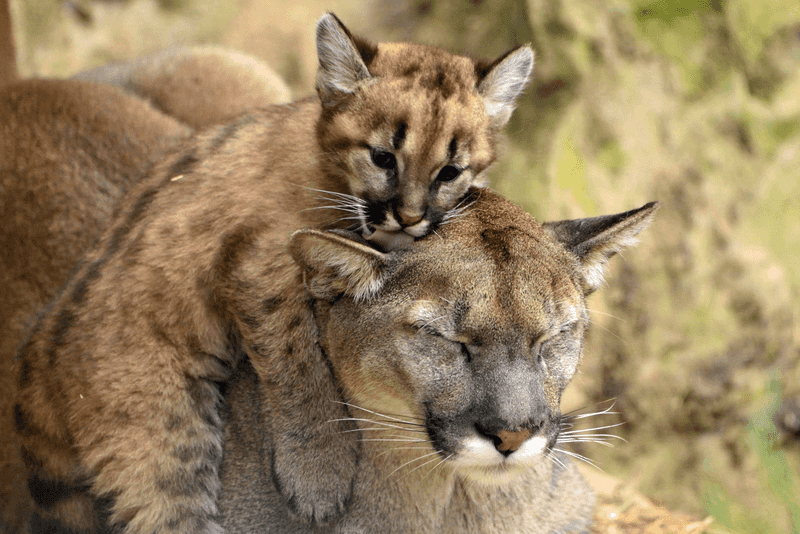
Mountain lions are showing subtle changes in their social structures to adapt to human presence. Typically solitary, they sometimes exhibit social behaviors, especially among siblings or mother-offspring pairs.
These interactions can enhance survival by sharing knowledge and resources. As they adapt, these big cats display flexibility, crucial for living near humans. Observing these social dynamics offers valuable insights into their adaptive strategies. By supporting their natural behaviors and minimizing disturbances, humans can foster environments where mountain lions continue to play their ecological roles while coexisting peacefully.
Human-Wildlife Conflict Mitigation
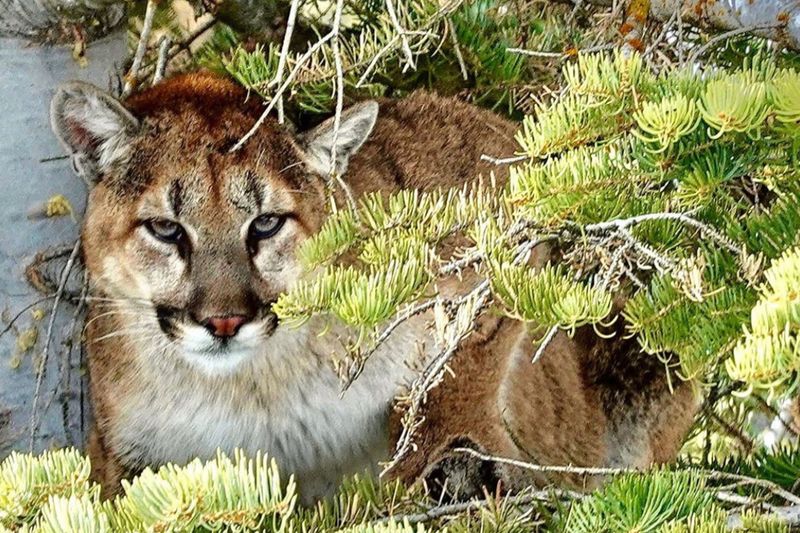
Mountain lions are involved in human-wildlife conflict mitigation efforts, learning to live peacefully near human settlements. Through non-threatening postures and avoidance behaviors, they reduce tensions and promote coexistence.
These adaptations are supported by education and awareness campaigns, helping humans understand mountain lion behaviors. By employing non-lethal deterrents and respecting wildlife boundaries, communities can live alongside these majestic creatures. Understanding and mitigating conflicts ensure a balanced ecosystem, where both humans and mountain lions benefit. This peaceful coexistence signifies a significant step towards harmonious living and environmental stewardship.

